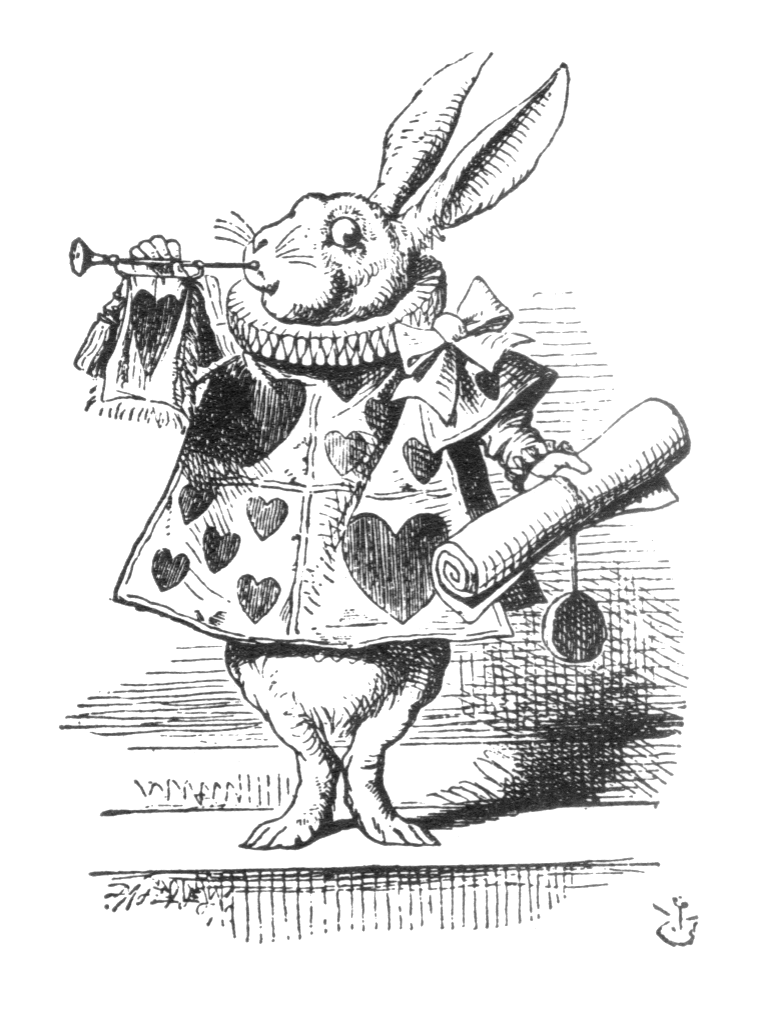|
Contents
...
You and Your
Manuscript
The
Publishing Decision
Getting It
Printed
Give Yourself
a Promotion
Far and Wide
... Or Not
Capitalize on
Your Potential
Manuscript
Preparation Guide
Effective
Advertising Guide
RealityIsBooks
Services
About
RealityIsBooks
Click Me ...
|
Getting It Printed
Third is the manufacturing stage, the printing of the book. Printing
options are not unlimited (unless your budget is), but are broad enough
to accommodate practically any requirements you may have. While some
books such as cookbooks, atlases, automotive manuals, calendars or
datebooks may require specialty printing
and binding to suit their uses, most books will be either perfect bound
with a paperback cover or have some version of a sewn binding with a
hardback cover and dust jacket. Which is suitable for a given book
depends on cost, presentation, primary audiences, and in the case of a
self-published work, the author’s preferences.

A trade publisher will, upon acceptance of a
manuscript, calculate the most commercially advantageous format for the
book, and print a number of copies which they anticipate will sell. To
keep the per unit cost down, this is often done on large printing
presses using well-established printing and
binding techniques. Specialty trade publishers
will likely use smaller equipment, but similarly calculate a profitable
ratio of overall costs to predicted sales. These print runs create
stock on hand from which to fill orders. Book printers contracted by
the self-publisher will likely fall into the smaller press category.
Terms offered by these printers may be payment in advance, half in
advance with the balance on delivery, or net thirty days if you have
otherwise excellent credit.
It is important here to understand the term “Print On Demand” or POD,
since this term is often used by both vanity publishers and printing
sources. Print on demand is simply a variation in printing technology
that allows a single book to be printed and bound on the equipment
used. Instead of requiring large print runs to bring unit costs down,
POD prints one to few hundred books to order, only when they are
needed. Printing costs are reduced by producing several titles at the
same time. This eliminates tying up your money
in large overruns and also reduces costs for
shipping and storage. Further, since POD books are manufactured only
when an order for them has been received, all direct sales (book sales
placed with you by mail order or by website customers, for instance)
should be prepaid. Bookstore sales ordered through their regular
wholesalers (these orders are usually placed at a trade discount) may
return your profit to you in about thirty to ninety days.
|
|
|
Most
books will be produced to common physical standards. The main reason
for these standards is cost effectiveness, and it is disadvantageous to
stray too far from the physical norms in production without good reason
to do so. For one thing, keeping your initial production costs low
allows you the flexibility to spend your available budget as other
anticipated and unanticipated needs arise. Your book’s particular
specifications (along with several other considerations) will determine
whether it is more cost effective to use a small book printer or a POD
printer.
As to actual costs for production of your book, these can be determined
with some degree of accuracy once the physical specifications and
quantities involved are known, both for the initial run and for
reprints.
Top
Give Yourself a Promotion
It is tempting to believe that your book will miraculously get
“noticed” by someone influential, who will then undertake to push it to
all the right people and organizations. It is also easy to talk
yourself into relying on “word of mouth” to get your  book widely circulated. While these
things can and occasionally do happen, the fact that trade publishers
and successful writers, with their long lists of best sellers and their
impressive reputations, do not rely on these methods alone should tell
you something about their effectiveness as your sole means of
publicity. book widely circulated. While these
things can and occasionally do happen, the fact that trade publishers
and successful writers, with their long lists of best sellers and their
impressive reputations, do not rely on these methods alone should tell
you something about their effectiveness as your sole means of
publicity.
The fact is, your book will become known largely due to your own
efforts, direct and indirect, regardless of what version of
printing/publishing you choose. For example, even if you have a trade
publisher deal, the local radio host doesn’t want to talk to the
publisher’s rep, she wants to talk to you, and the same is true for all
other media, appearances, and obviously, book signings.
Promotion should not be seen as only occurring after your book is
published and ready to sell. Advance publicity, once you know what you
are promoting, is key to securing attention for your later efforts.
Practically every technique mentioned here will be more effective if it
is set up with phone calls and mailings before you make your pitch for
publicity, request for help, or proposal to speak.
Regardless of how you decide to promote your book, whether with
personal appearances, direct mail, contact with organizations, a
website devoted to your work, or through a publicity and public
relations campaign (to cite only a few), you may need advertising and
handout materials, website development or enhancement, or other
services. These should be developed specifically for you, your book,
and your audiences if they are to have maximum effectiveness.
Top
Far
and Wide ... Or Not
Physical distribution of the book is another aspect of publishing your
book to consider. Since the other steps occur first, we have placed
distribution in fifth place here, but make no mistake about its
importance. Getting your book into the hands of your readers is
critical, and how you will do so deserves plenty of thought.
The people involved in moving your books from the printer to the
customers’ hands can include the publisher or yourself if you are the
publisher, yourself to people you contact personally (through seminars,
lectures, etc.), book wholesalers, online and storefront retailers
(independent locations and chain stores), bookstores, libraries, and
various organizations if yours is a title that is tied in with their
purposes. Each has particular requirements that need to be met in order
for your book to work with their system. Anticipating your distribution
methods in advance of publication will allow you to prepare for these
needs.
So far, we have focused primarily on printed books. Book lovers
understand there is something special about holding a printed book in
your hand or seeing it on your bookshelf among many others. Perhaps
this is why e-books, either on the computer or on a reader such as
Amazon’s Kindle, have not caught the public’s imagination as it was
once thought they would. But other aspects of the internet have
developed which also affect both the printed book and its distribution.
Most significant is the Espresso Book Machine (EBM) which provides
access to an unlimited library of books and prints the customer’s
choice on the spot in just minutes, anywhere in the world. The EBM
allows distribution of any book in its catalog anywhere a machine is
installed.
Since all of these considerations can affect the design, content and
physical form of the book, they need to be considered prior to the
production phase. The point is that distribution must be planned for
just as you would plan any other aspect of your book marketing project.
If you prefer to handle these things if and when they come up (after
all, you may not know at this stage which of these will apply), that
can be a perfectly workable strategy, too. It will be useful, however,
to know that they can come up so these circumstances and expenses are
not a surprise.
Top
Capitalize
on Your Potential 
The sixth
phase is capitalizing on the potentials created by the published book.
While this is not strictly one of the steps to
publishing your book, it is helpful and
instructive to visualize what you will do after the book is published
and a great success, whatever that may mean to you. It is not
coincidental that so many philosophers and self-help gurus advise that
if you want to accomplish something, you must write it down, refer to
it often, and visualize it as already being a reality. Not only is it
good to fix your goals in mind, but having an idea of where you are
going also allows you to make decisions along
the way as to how to use your resources, what is important among all
the demands on your time, and when you need to
accomplish various aspects of the work in order to reach your
objectives.
Only you can decide what results you want
from self-publishing. After writing your book, getting it published,
and getting it to your audience, what will you do then? Will your life
change, will you be a different person? Will you publish another book?
None of this can be predicted with certainty, of course ... except that
whatever you envision now will be different then. In the meantime,
imagining the future not only helps to create it, but also helps one to
prepare for it and can provide some useful perspective.
This finishes our brief overview of printing,
promotion, distribution, and planning to capitalize on the potential of
your self-published book. To go back to the
information on the basic services needed for
getting your book ready to self-publish, click here. To
contact RealityIsBooks, please click on the RealityIsBooks Services
link below where you can review the help we provide and the charges for
same, and contact us to discuss your project.
Top
|
|
 Baba:
A Magical Cat with a Message
Baba:
A Magical Cat with a Message


 My
Life as an Astrologer
My
Life as an Astrologer
 book widely circulated. While these
things can and occasionally do happen, the fact that trade publishers
and successful writers, with their long lists of best sellers and their
impressive reputations, do not rely on these methods alone should tell
you something about their effectiveness as your sole means of
publicity.
book widely circulated. While these
things can and occasionally do happen, the fact that trade publishers
and successful writers, with their long lists of best sellers and their
impressive reputations, do not rely on these methods alone should tell
you something about their effectiveness as your sole means of
publicity. 